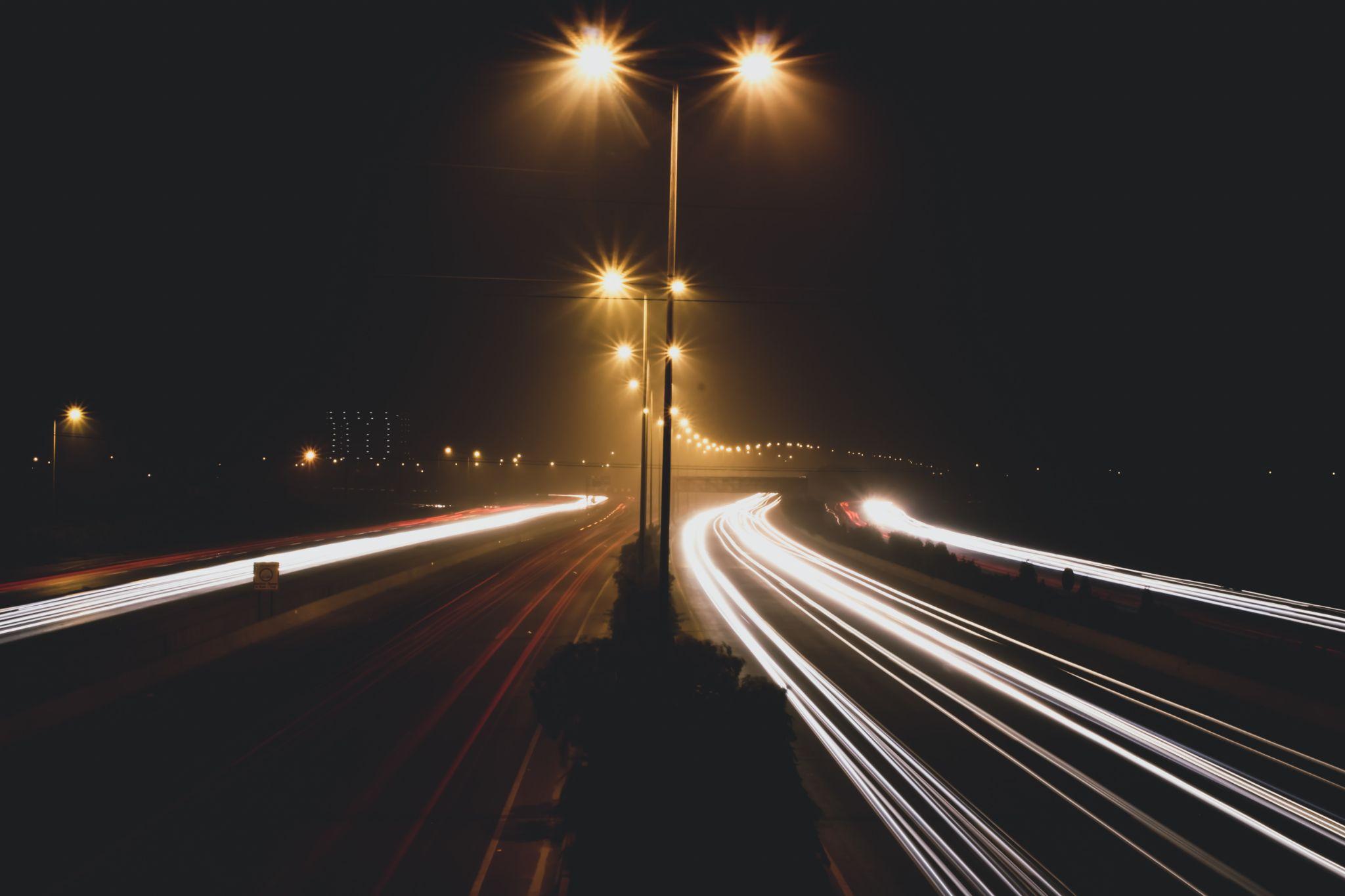Author | Lucía Burbano
Good or poor air quality is determined by the greater or lesser concentration of suspended particulate matter in the air that we breath and which is harmful to health, such as solid PM2.5, PM10, nitrogen dioxide or sulfur dioxide
Cities such as Seoul or various African cities, which have always fallen short in this regard, have launched numerous measures aimed at improving the quality of the air that their citizens breathe, to join cities that excel in this area and which we will see below.
The 10 cities with the cleanest air
According to international standards, the guidelines that establish optimal air quality recommend that fine particulate matter should not exceed 5 μg/m3.
The details of the cities with the cleanest air in the world have been obtained from the World Air Quality Index project, Aqicn, which collaborates with global environmental protection agencies that monitor air quality around the world. The measurements of all these cities are between 0.49 μg/m3 and 3.91 μg/m3.
1. Zurich, Switzerland

Zurich’s merits stem from its commitment to public transport and the application of taxes on waste. The more waste that is generated, the more taxes residents have to pay. On the other hand, those that recycle correctly are not taxed.
2. Perth, Australia
The Burnwise campaign, which promotes the efficient use of household wood stoves to reduce wood smoke pollution, and the support for research programs on the effects of air pollution on health, are some of the measures that place this city second on the list.
3. Richards Bay, South Africa
The Richards Bay Clean Air Association (RBCAA), created in 1997, acts as a lobby and a monitoring agency that brings together industry, government and the community with the common goals of improving air quality in the region This union of all the stakeholders has enabled the city to improve its air quality index in recent years.
4. Hobart, Australia
Tasmania is gaining the reputation of having the cleanest air in the world, and Hobart, where 40% of the state’s population lives, is no exception.
5. Reykjavik, Iceland
Its commitment to renewable energies is responsible for its great work in maintaining its air clean. For electricity, Reykjavik sources about 73% from hydroelectricity and about 27% from geothermal energy, clean and less polluting sources than fossil fuels.
6. Bergen, Norway

The Norwegian city has gradually improved its air quality with measures including that launched in 2017, when the Bergen city council granted NOK 50 million in subsidies for residents to replace fireplaces and stoves installed before 1998.
7. Launceston, Australia
Various campaigns aimed at the population, the application of environmental regulations and a program to replace wood stoves with electric stoves have contributed to the improvement of its air quality levels.
8. Wollongong, Australia
The elimination of coal mines and the promotion of alternative sources of energy have transformed Wollongong into one of the least polluting cities in the world.
9. Sydney, Australia
The presence of green spaces across the entire city, a total of 155.4 m2 per person, and trees in particular, have helped clean the air in this Australian city.
10. Honolulu, United States
The climate conditions of the islands of Hawaii and the presence of relatively lighter industries have helped decrease pollution in this city that completes the ranking.
Photographs | Unsplash/Garth Manthe, Unplash/Henrique Ferreira, Unsplash/, Annika Ashley






















































